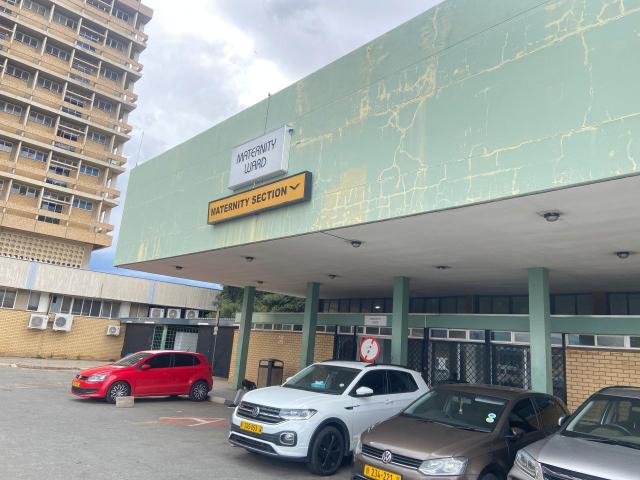
WINDHOEK, 26 December 2025 - The Katutura State Hospital maternity ward. (Photo by: Edward Tenete) NAMPA
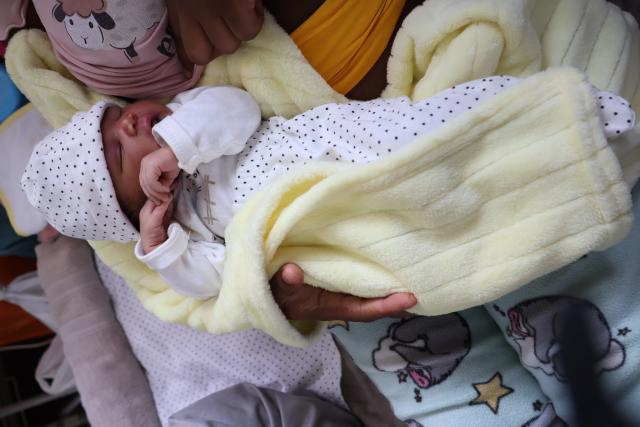
OTJIWARONGO, 26 December 2025 - A newly born baby girl at the Otjiwarongo State Hospital on Christmas Day. Otjiwarongo recorded two births of Christmas babies this year. (Photo by: Mulisa Simiyasa) NAMPA
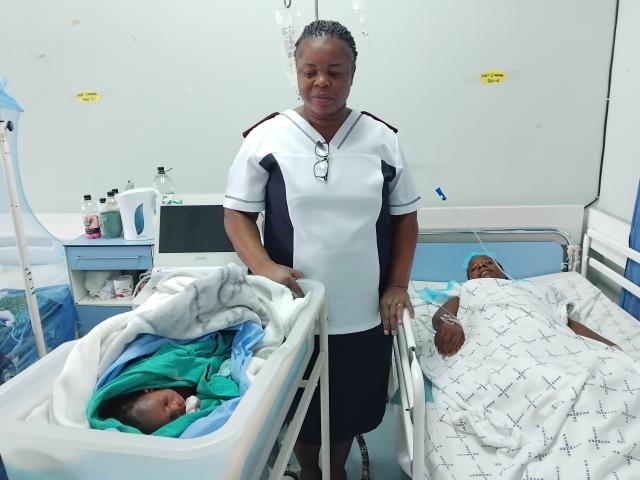
KATIMA MULILO, 25 December 2025 - Sister Emely Chidolo speaks to Nampa while 19-year-old first-time mother, Emelia Kachelo takes a recuperation nap on her hospital bed on Thursday afternoon. (Photo by: Michael Mutonga Liswaniso) NAMPA

Salome Kambala, acting national spokesperson of the National Organisation of Parents in Education (NAOPE). (Photo: Contributed)
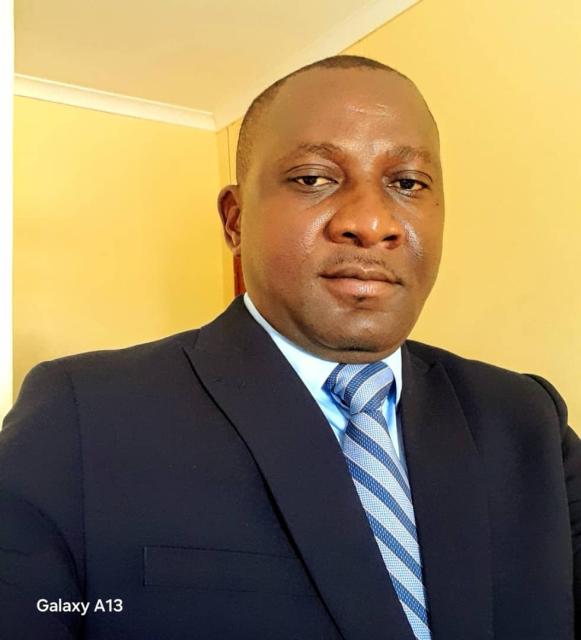
Okatana Constituency councillor Petrus Shigwedha Ashipala. (Photo: Contributed)
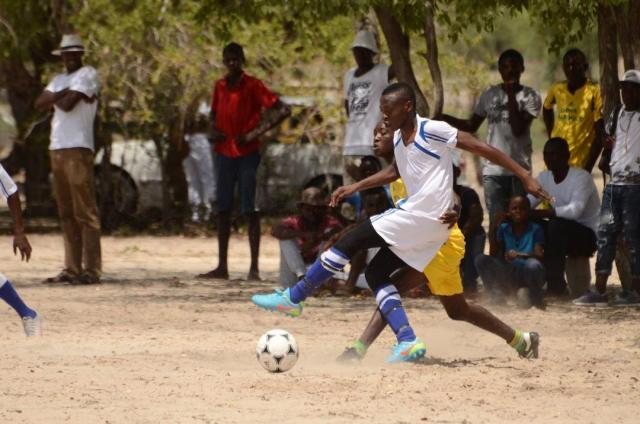
ONTINDA - A Top Teenagers FC player in action. (Photo: Contributed)
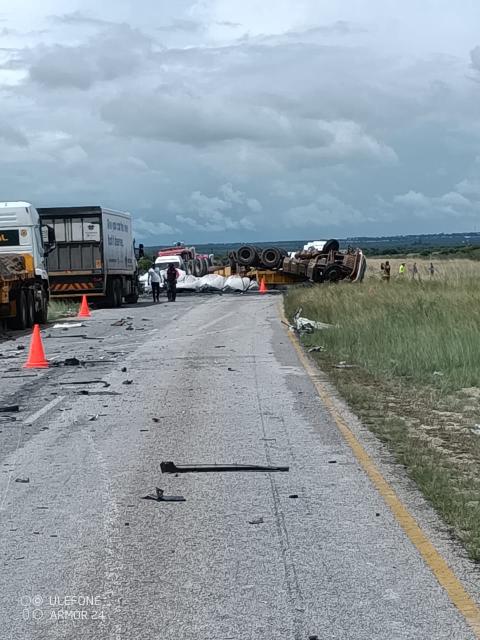
GROOTFONTEIN, 19 December 2025 - The accident scene where two trucks and a passenger bus were involved in a collision Friday afternoon outside Grootfontein in the Otjozondjupa Region. (Photo: Contributed)

The Communications Regulatory Authority of Namibia (CRAN) Board of Directors chairperson, Tulimevava Mufeti. (Photo: Contributed)

28 December 2025, Bavaria, Oberstdorf: Germany's Karl Geiger is in action during the men's large hill qualification at the Four Hills Tournament Ski Jumping World Cup. Photo: Daniel Karmann/dpa

Belarus’ Aryna Sabalenka reacts after a point against Australia’s Nick Kyrgios during the Battle of the Sexes tennis match at the Coca-Cola Arena in Dubai on December 28, 2025. (Photo by Christopher Pike / POOL / AFP)

Algeria's forward #7 Riyad Mahrez (3rd L) celebrates his team's first goal with his teammates during the Africa Cup of Nations (CAN) Group E football match between Algeria and Burkino Faso at Moulay Hassan Stadium in Rabat on December 28, 2025. (Photo by Paul ELLIS / AFP)

Montpellier's Scottish scrum-half Alistair Price (C) passes the ball during the French Top14 rugby union match between Section Paloise Bearn Pyrenees (Pau) and Montpellier Herault Rugby at Stade du Hameau in Pau, south-western France on December 28, 2025. (Photo by Gaizka IROZ / AFP)

Pau's French full-back Aymeric Luc leaves the pitch after beeing injured during the French Top14 rugby union match between Section Paloise Bearn Pyrenees (Pau) and Montpellier Herault Rugby at Stade du Hameau in Pau, south-western France on December 28, 2025. (Photo by Gaizka IROZ / AFP)

Pau's French centre Clement Mondinat (C) celebrates after scoring a try during the French Top14 rugby union match between Section Paloise Bearn Pyrenees (Pau) and Montpellier Herault Rugby at Stade du Hameau in Pau, south-western France on December 28, 2025. (Photo by Gaizka IROZ / AFP)

Pau's French centre Clement Mondinat (L) runs with the ball during the French Top14 rugby union match between Section Paloise Bearn Pyrenees (Pau) and Montpellier Herault Rugby at Stade du Hameau in Pau, south-western France on December 28, 2025. (Photo by Gaizka IROZ / AFP)

Belarus’ Aryna Sabalenka signs autographs for fans after her Battle of the Sexes exhibition tennis match against Australia's Nick Kyrgios in Dubai on December 28, 2025. (Photo by Amr Alfiky / POOL / AFP)